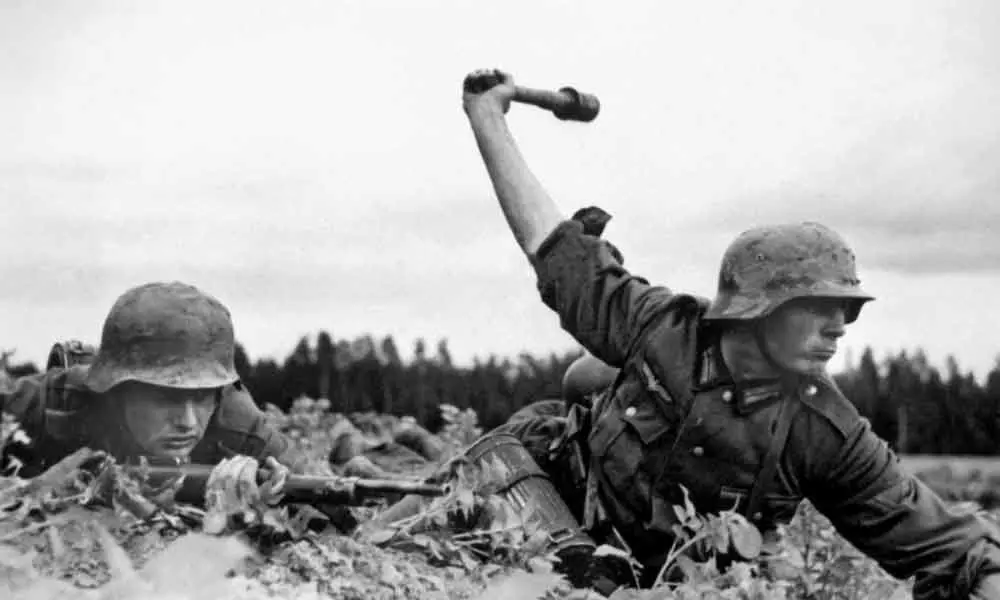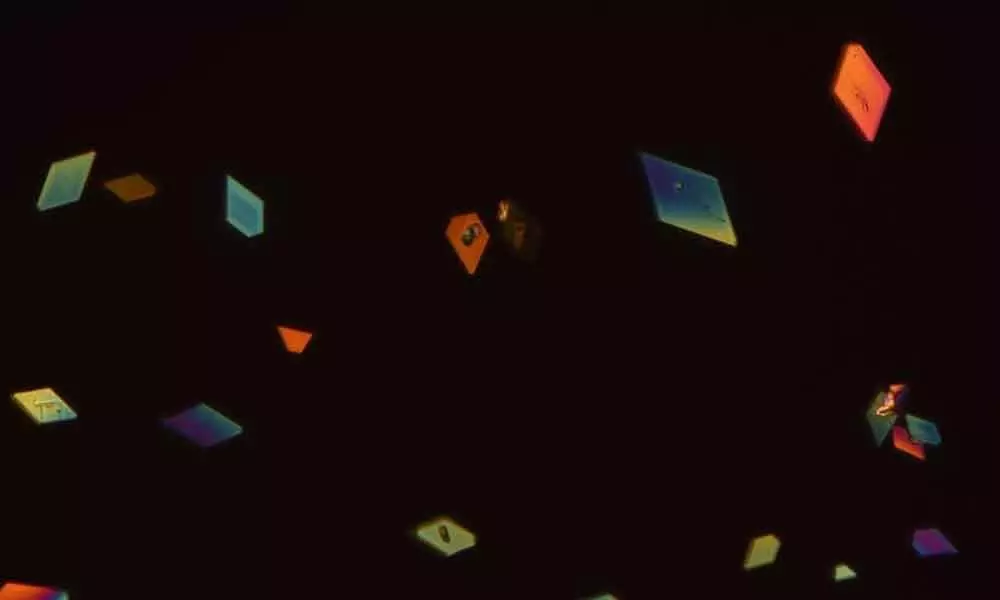Fast-acting insecticide lost after World War II rediscovered
Researchers have rediscovered a fast-acting insecticide created in Germany during the World War II, and used by its military for insect control in the Soviet Union and North Africa.
New York (PTI): Researchers have rediscovered a fast-acting insecticide created in Germany during the World War II, and used by its military for insect control in the Soviet Union and North Africa.
A new study, published in the Journal of the American Chemical Society, explored the chemistry as well as the complicated and alarming history of DFDT, a fast-acting insecticide. "We set out to study the growth of crystals in a little-known insecticide and uncovered its surprising history, including the impact of World War II on the choice of DDT -- and not DFDT -- as a primary insecticide in the 20th century," said Bart Kahr, a professor at New York University (NYU) in the US. The researchers studied the growth of crystals, which led them to discover a new crystal form of the notorious insecticide DDT.
DDT is known for its detrimental effect on the environment and wildlife. However, the new form was found to be more effective against insects -- and in smaller amounts, potentially minimising its environmental impact. In continuing to explore the crystal structure of insecticides, the researchers began studying fluorinated forms of DDT, swapping out chlorine atoms for fluorine.
They prepared two solid forms of the compound -- a monofluoro and a difluoro analogue -- and tested them on fruit flies and mosquitoes, including mosquito species that carry malaria, yellow fever, Dengue, and Zika. The solid forms of fluorinated DDT killed insects more quickly than did DDT; the difluoro analogue, known as DFDT, killed mosquitoes two to four times faster, the researchers said.
"Speed thwarts the development of resistance," said NYU chemistry professor Michael Ward, a senior author on the study. "Insecticide crystals kill mosquitoes when they are absorbed through the pads of their feet. Effective compounds kill insects quickly, possibly before they are able to reproduce," Ward said.
The researchers also made a detailed analysis of the relative activities of the solid-state forms of fluorinated DDT, noting that less thermodynamically stable forms -- in which the crystals liberate molecules more easily -- were more effective at quickly killing insects. In addition to their chemical analyses, the researchers sought to determine if their creation had a precedent.
In doing so, they uncovered a rich and unsettling backstory for DFDT. Through historical documents, they learned that DFDT was created as an insecticide by German scientists during World War II and was used by the German military for insect control in the Soviet Union and North Africa, in parallel with the use of DDT by American armed forces in Europe and the South Pacific.
In the post-war chaos, however, DFDT manufacturing came to an abrupt end. Allied military officials who interviewed Third Reich scientists dismissed the Germans' claims that DFDT was faster and less toxic to mammals than DDT, calling their studies "meager" and "inadequate" in military intelligence reports.




















